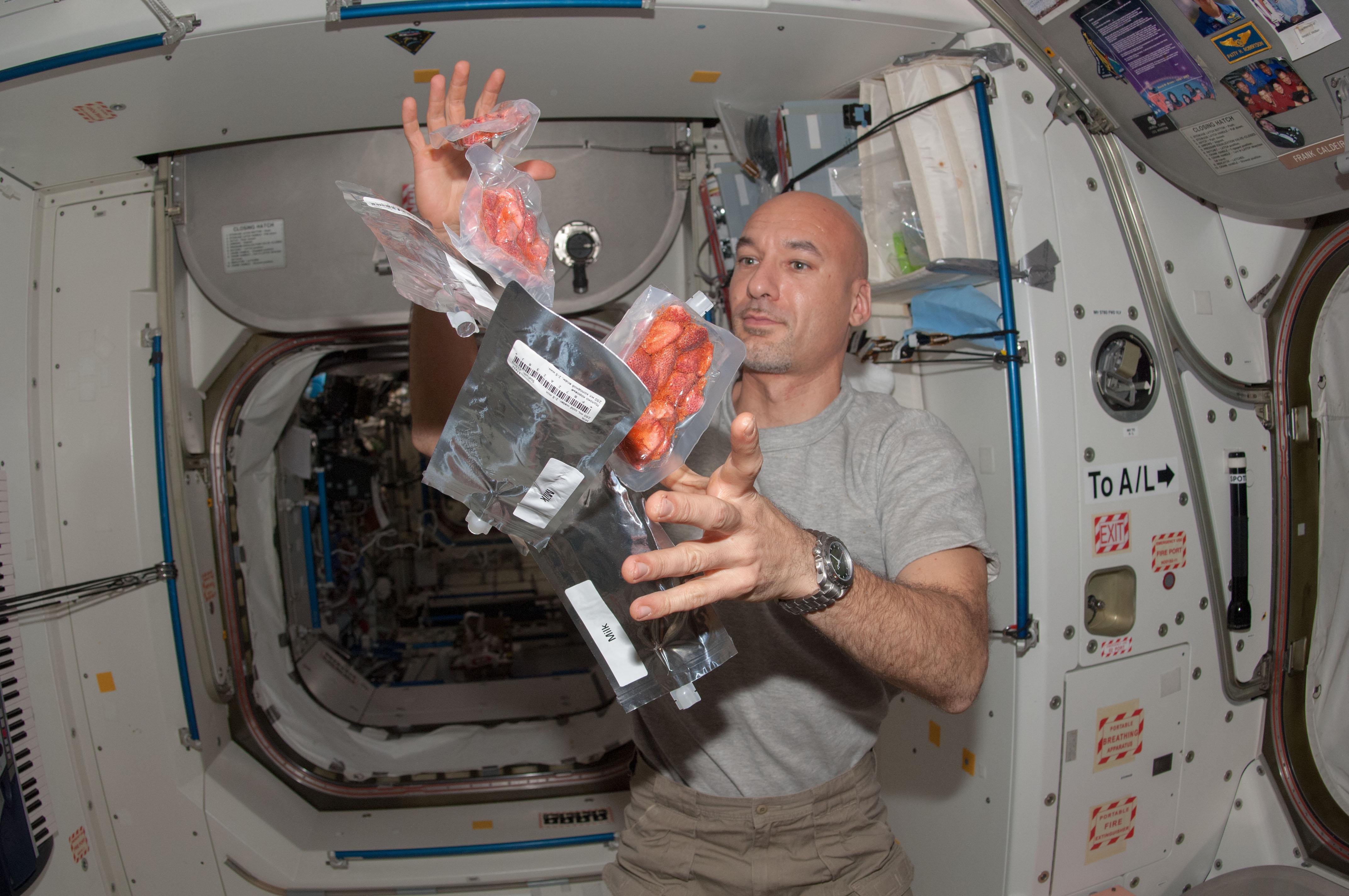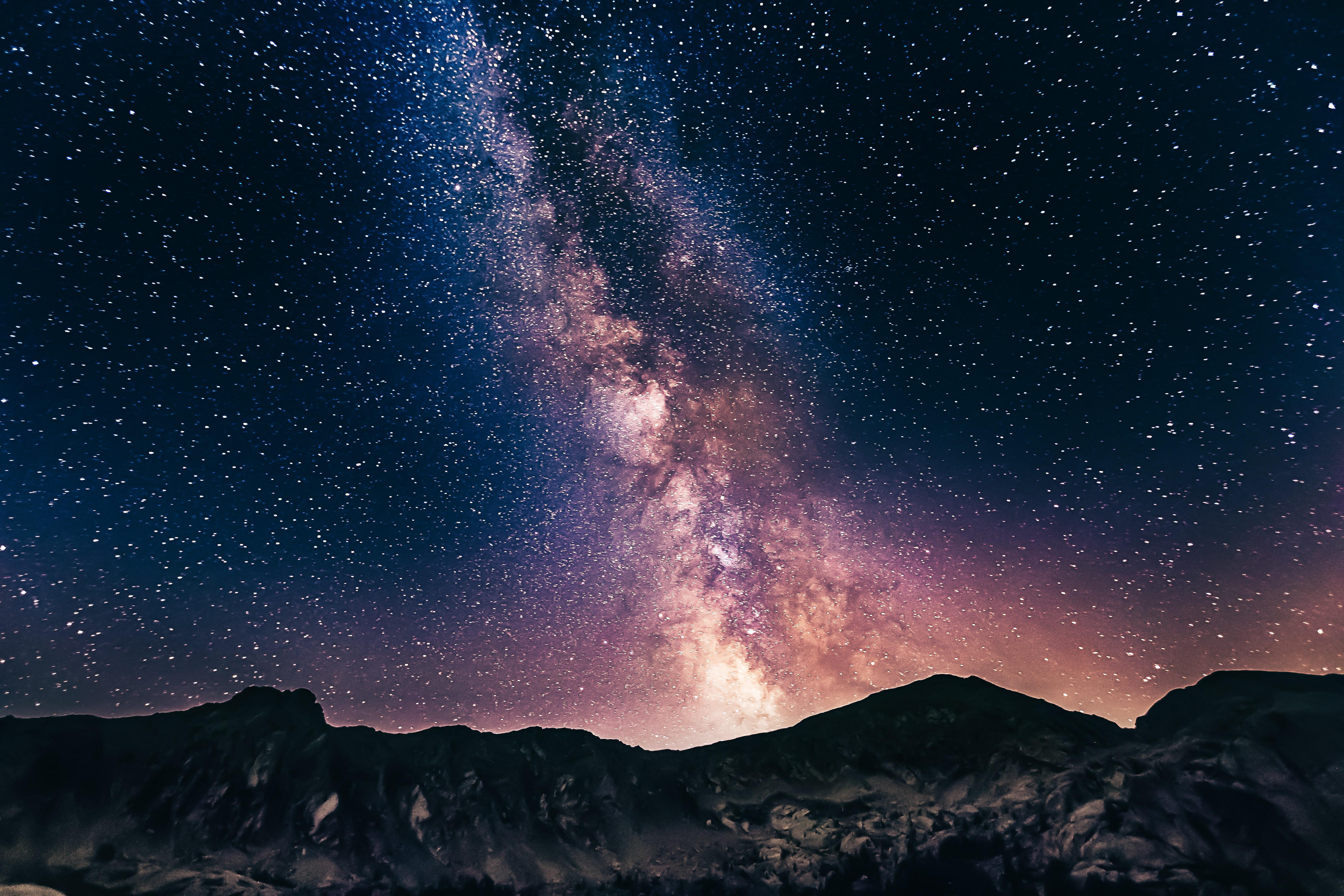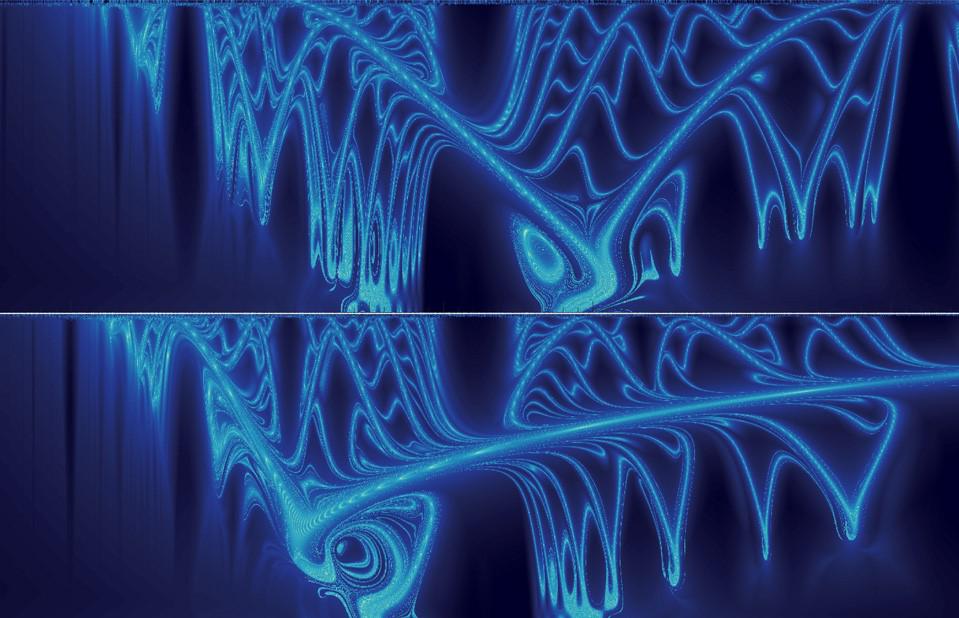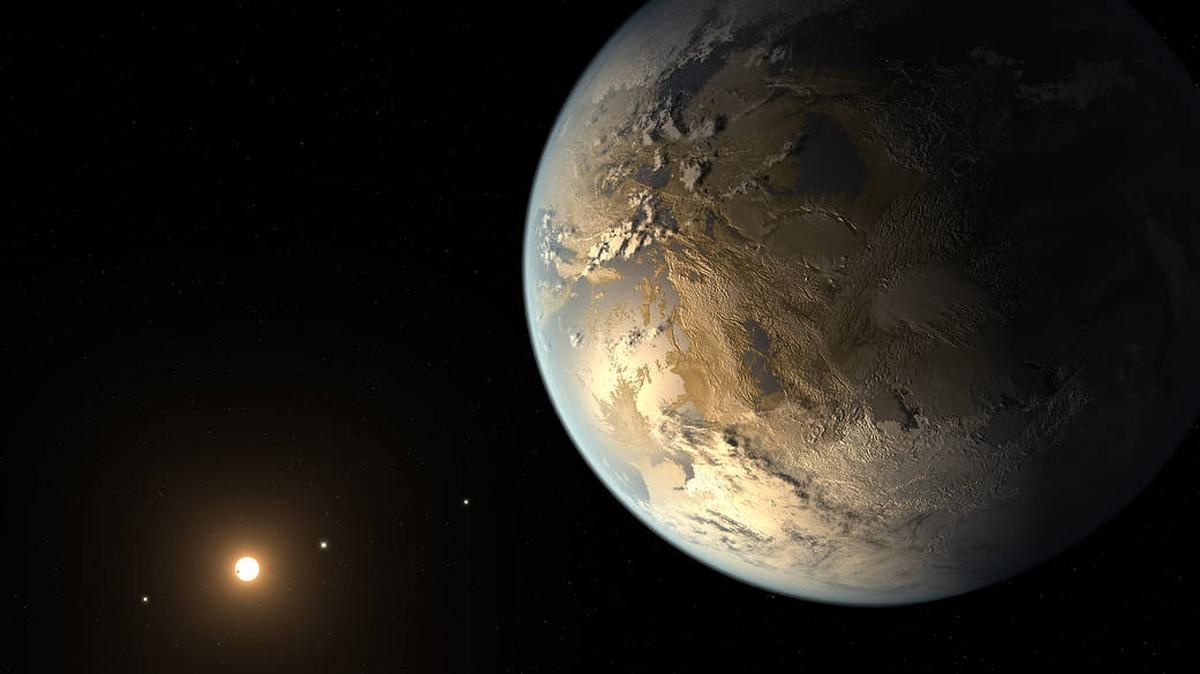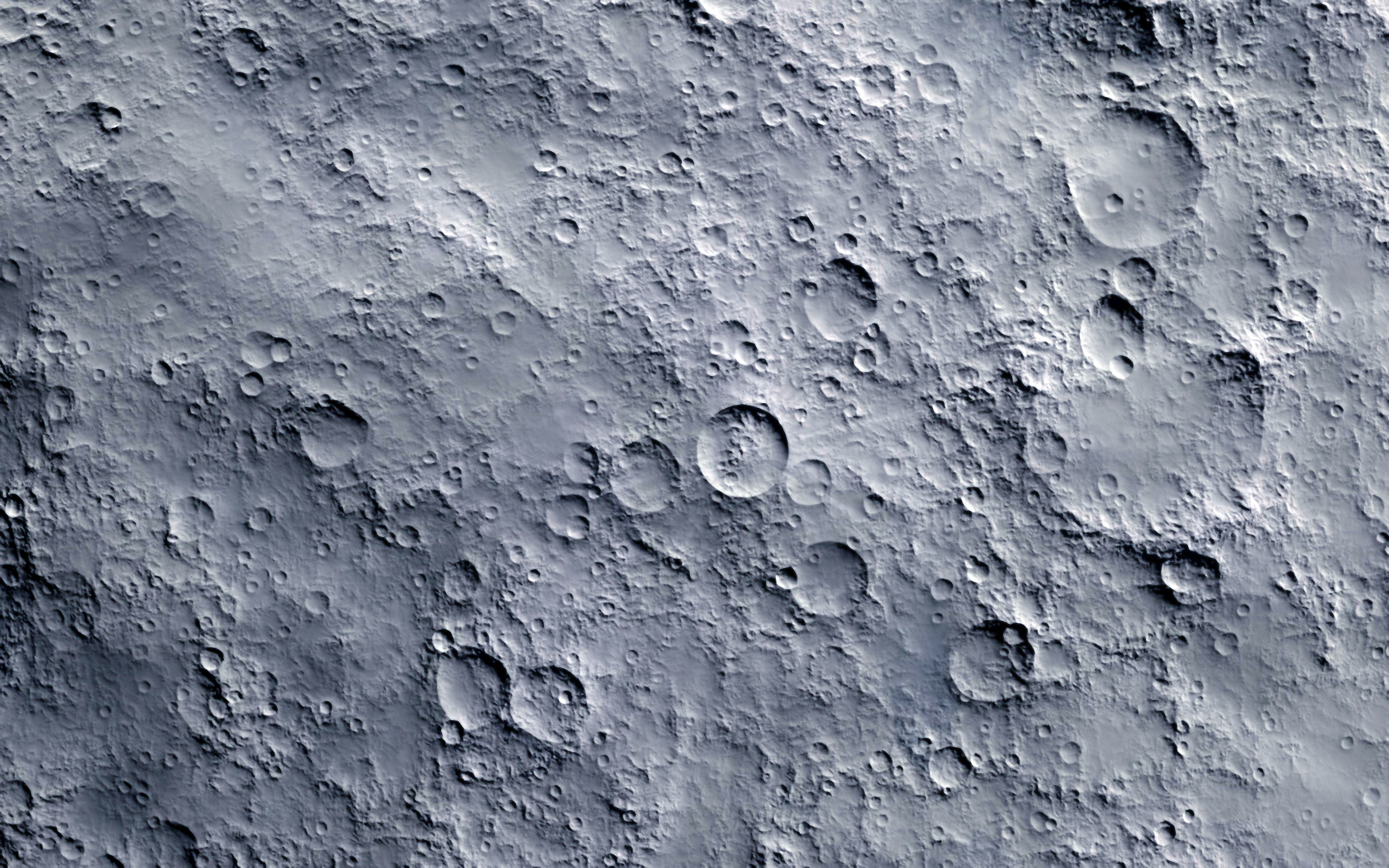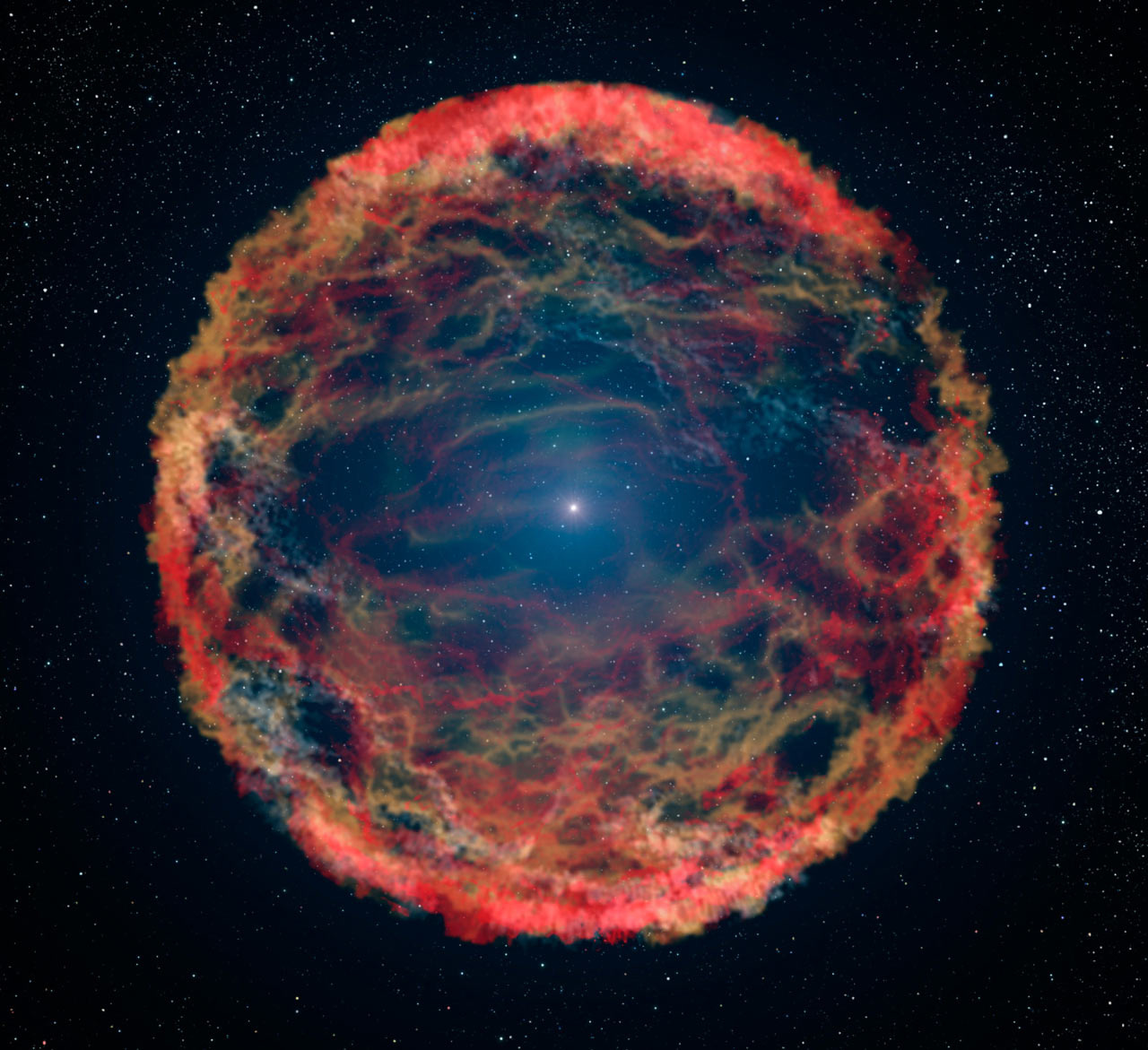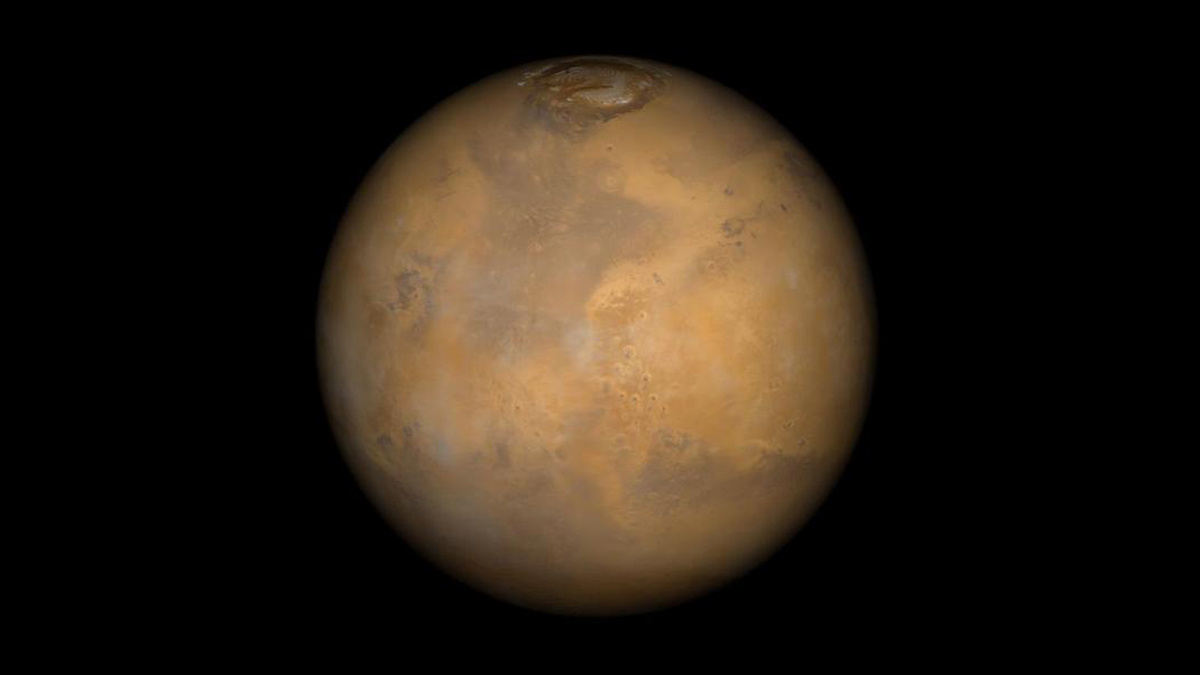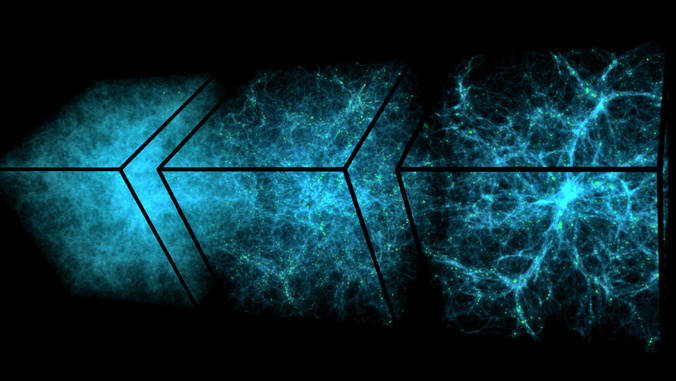nasa
Artist Seán Doran recently created more than eight hours of high-definition video using images captured by Japan’s SELENE lunar orbiter.
Introducing the Deep Space Food Challenge.
The space agency describes the process of landing rovers on Mars as “seven minutes of terror.”
Identifying primordial ripples would be key to understanding the conditions of the early universe.
NASA is scrapping its Apollo-era launcher platform to make room for new infrastructure that will support upcoming Artemis missions.
In a joint briefing at the 101st American Meteorological Society Annual Meeting, NASA and NOAA revealed 2020’s scorching climate data.
Already 14 billion miles from the Sun, Voyager 1 is speeding away at 38,000 mph.
A fairly old idea, but a really good one, is about to hit the store shelves.
Valles Marineris on Mars is 10 times longer and three times deeper than Earth’s Grand Canyon.
Boston Dynamics’ notorious robot goes on an interplanetary mission.
Scientists find routes using arches of chaos that can lead to much faster space travel.
Scientists at Washington University are patenting a new electrolyzer designed for frigid Martian water.
See the most detailed survey of the southern sky ever carried out using radio waves.
A team of astrophysicists used AI to figure out which clusters of stars merged to become our galaxy.
Using a laboratory model, scientists get a nice Jovian surprise.
A new study from NASA and the SETI Institute comes up with an exciting number of potentially life-supporting planets.
A meteorite that smashed into a frozen lake in Michigan may explain the origins of life on Earth, finds study.
Water may be far more abundant on the lunar surface than previously thought.
Want some crazy space phenomena? You don’t have to leave the neighborhood for it.
New research explains why the Moon’s crust is magnetized by debunking one long-standing theory.
The solar system has some strange stuff in it. Learning how it ended up that way can tell us where we’re going.
A supernova exploded near Earth about 2.5 million years ago, possibly causing an extinction event.
Researchers detect a large lake and several ponds deep under the ice of the Martian South Pole.
Techshot’s 3D BioFabrication Facility successfully printed human heart tissue aboard the International Space Station.
This space expansionist ideology marked the beginning of what Arendt called “earth alienation.”
Astronomers spot an object heading into Earth orbit.
Scientists have detected within the Venusian atmosphere a chemical known to be a byproduct of life.
Targeting a signaling pathway in mice helped them retain muscle and bone mass aboard the International Space Station, according to a new study.
Astronomer Michelle Thaller schools us on what atoms really look, the Big Bang theory, and the speed of light.
▸
9 min
—
with
Astronomers propose a new location for the mysterious force that accelerates the universe.

